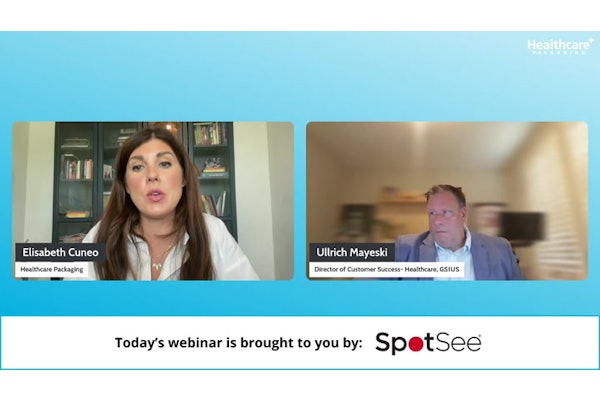
Did you know that for the years 2004 to 2009 the number of annual emergency department visits attributed to unintentional medication overdoses for children younger than five is up significantly while those caused by automobile accidents has declined?
My sons were born in 1999, 2005 and 2006, the very period when those unintentional overdoses were rising. As an advocate of user-centered packaging design (and as a mother), these overdoses make me think back on my experiences. What drove this overdose increase and what can be done to reverse the trend?
I recognize that this is not an easy task. Existing systems for both production and dispensing create inertia. Further, caregiver noncompliance and increasingly adept toddlers combined with an aging population make this a challenging problem. Still, we should do better.
The CDC agrees, as evidenced by the Medication Safety Program’s PROTECT Initiative. PROTECT is a collaborative effort involving the private sector, professional organizations, consumer and patient advocates, federal agencies, and academics. The group develops strategies to mitigate the likelihood of unintentional medication overdoses in small children.
Recognizing the complexities of the events that lead to these overdoses, the approach to reduction is multi-faceted and includes four target areas. One is implementation of packaging improvements and another is refinement of dosing measures on packaging and labeling. Readers of this magazine are best suited to bring about change in these two areas.
PROTECT has already had some successes in these areas, including the development of pediatric exposure-limiting packaging (PELP), fostering the development of flow restrictors for liquid medicines (which manufacturers have voluntarily added to OTC infants’ acetaminophen), and testing several flow restrictor designs to determine efficacy in limiting accessibility by young children. PELP complements child-resistant packaging by providing a passive, secondary barrier designed to limit exposure regardless of consumer behavior (e.g. inappropriate storage or improper reclosing). But the work cannot stop with the liquid formulations. PROTECT is interested in how the same approach can be integrated into existing systems for solid oral dosage forms. In support of this, CDC’s Medication Safety Program has catalyzed two funding opportunities as part of the Small Business Innovation Research (SBIR) grants program. These are:
1)
Evaluating child safety and adult usability of unit-dose medication packaging
2) Developing innovative child-resistant medication packaging
Further information on these can be found at: http://grants.nih.gov/grants/funding/sbirsttr1/2013-2_SBIR-STTR-topics.pdf (pages 126-127).
Let’s face it: Now is the time for packaging professionals to turn their attention to limiting unintentional medication overdosing of children.
Laura Bix, PhD ([email protected]) is associate professor in the Michigan State School of Packaging.





















